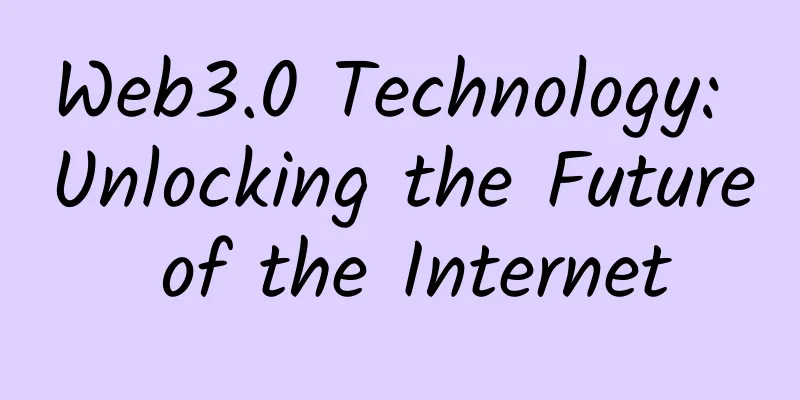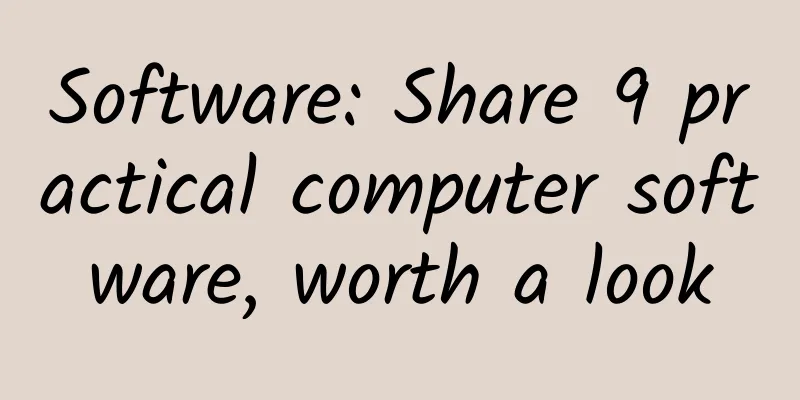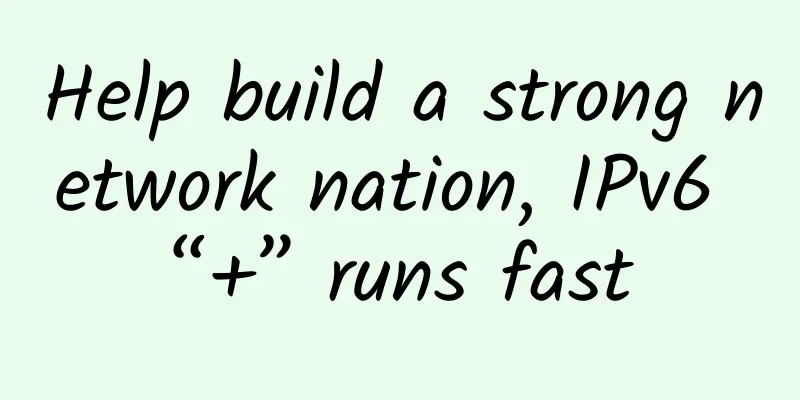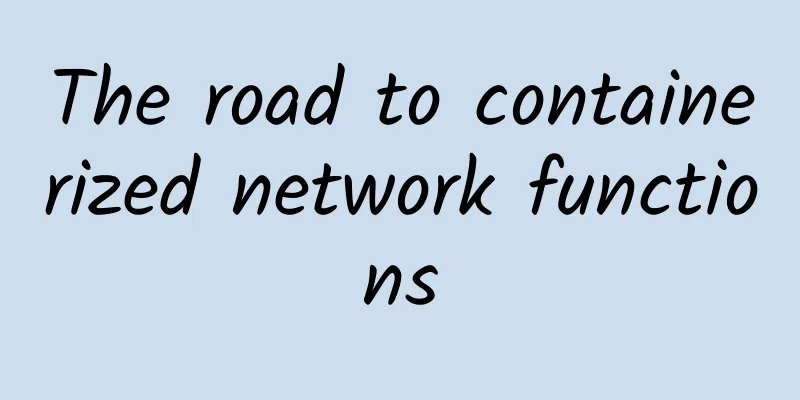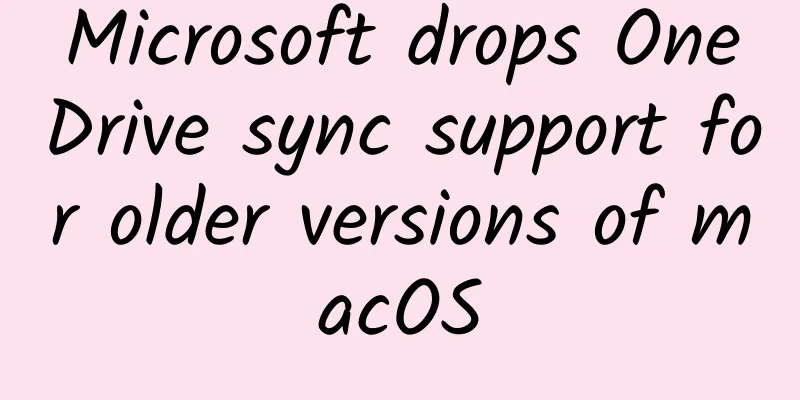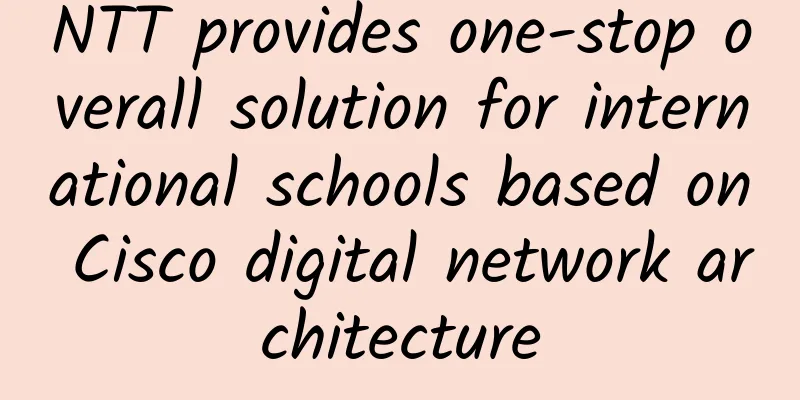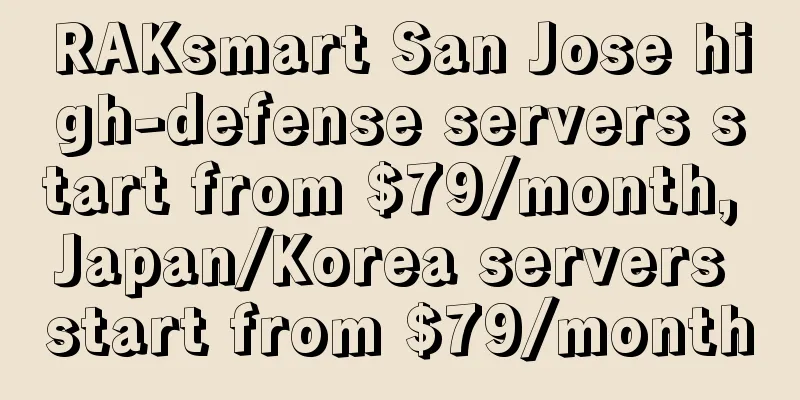IPv6 brings huge opportunities for managed service providers
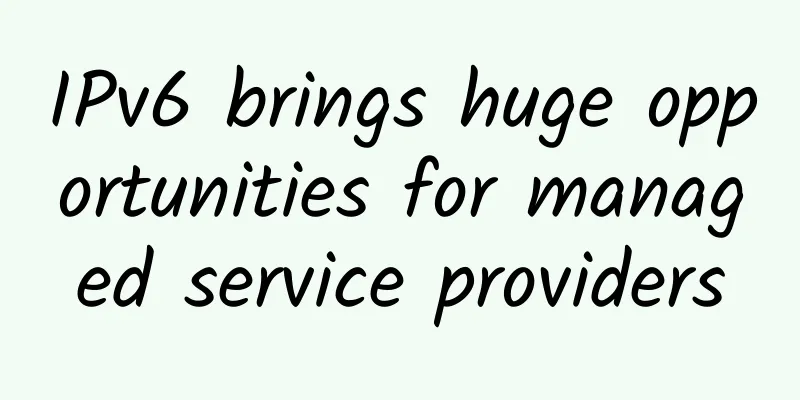
|
For MSPs, helping customers transition to IPv6 could be a booming business over the years. In fact, the time had come for this project nine years ago. In theory, all the IP addresses available in the original Internet numbering scheme, IPv4, were distributed back in 2011. The new numbers have been available for many years in order to complete the transition from the old version to the new one. With all the things and people being added to the Internet, this transition had to happen quickly. For those who are prepared, the opportunities are huge. Every device on the Internet and every device on a private network that uses the TCP/IP protocol must have an IP address. For example, the main IP address of the website www.channelinsider.com is 70.42.23.51. Four numbers between 0 and 255, each separated by a dot. If you calculate the number of possible permutations in this 32-bit architecture, you get about 4.3 billion. In 1973, when Vinton Cerf and his ARPAnet team were busy creating IPv4 for the global network, they probably couldn't imagine the need for more addresses. For 32 years, this number was sufficient. On January 31, 2011, IANA (Internet Assigned Numbers Authority) distributed the last part of the available addresses to regional exchanges around the world, which each made their own local allocations and completed them in September 2012. Yes, we ran out of IPv4 addresses eight years ago. Of course, this doesn't mean that no one can join the Internet. Millions of addresses are regularly released and reallocated, and most routers use Network Address Translation (NAT) to assign "internal use only" IP addresses to every device behind them. You've seen these, too, and they usually take the form of "192.168.1.#," where the "#" is one of the 256 devices automatically assigned after logging in via Dynamic Host Control Protocol (DHCP). 4.3 billion IPv4 addresses are not enough 4.3 billion seems like a huge number, and it certainly was in 1969 when the web was first created. But even then, they foresaw a global network that would eventually need more addresses to handle more things. Even as they introduced Internet Protocol version 4 (IPv4), they were already working on IPv6. That was incredible insight. With all the "things" being added to the Internet, we certainly need more addresses available. Think about every phone, every tablet, every laptop. Add virtual servers that each require dozens or even hundreds of IP addresses. Things like all the smart appliances, home entertainment centers, IP-enabled cars, refrigerators, washers/dryers, firewalls, and sensors on corporate IoT networks. Is IPv6 enough? IPv6 uses a 128-bit structure instead of the 32-bit structure of IPv4. The number of available addresses is so large that it is difficult to comprehend, but here is an approximate comparison: IPv4: 4,290,000,000 addresses. 4.3 billion. IPv6: 3,400,000,000,000,000,000,000,000,000,000,000,000,000,000,000,000,000,000,000 addresses. From this it seems that it should be able to last for some time. Two Huge MSP Opportunities The fact that the vast majority of enterprises haven’t even begun planning for their IPv6 transition presents a huge opportunity for managed service providers (MSPs) to help execute that plan, and then execute those plans twice! Yes, twice. First, you need to move your clients to a hybrid environment where both IPv4 and IPv6 coexist. For many, the transition to IPv6 began years ago. Most analysts predict it will take years, but a hybrid strategy will allow more time as users run their networks using both address structures. Because the address structures are very different from one another, and IPv6 uses a different packet structure, IPv4 devices and IPv6 devices cannot interoperate without using some form of gateway. The most popular coexistence hybrid strategies include tunneling, where IPv6 traffic is encapsulated into an IPv4 header, although this introduces additional overhead, and dual stacking, which essentially does the reverse using address translation or cloud-based translation services. Then, when your customers are no longer connecting to services that still use IPv4, it’s time to transition from a hybrid environment to a full IPv6 network. Both great projects, both require a lot of work and some product. Tell your customers this story Even your smaller customers will eventually need to transition to IPv6. You can help your largest customers now by making sure they have a plan in place to transition from IPv4 to hybrid and then to IPv6. If not, start helping them plan, and then execute on the plan. This will take a lot of time, much of which will be billable. It's safe to say that all router and switch manufacturers have products and programs to help with IPv6 migration. Talk to the people you work with most, define your plans and procedures, and then talk to each of your customers. |
<<: 5G sets new standards for IoT connectivity in vertical industries
Recommend
spinservers: 10Gbps bandwidth high-end server, monthly payment of $139, dual E5 2630Lv3/256GB/2×1.92T SSD/Dallas
spinservers has sent us new promotional machines,...
Medium and low frequencies may become the main force in 5G signal deployment. Will 4G become slower?
It has been nearly a year and a half since the fi...
[6.18]DogYun: Top up 100 yuan and get 10 yuan, 30% off for Dynamic Cloud, 20% off for Classic Cloud, 100 yuan off for Dedicated Server per month, up to 50% off for Lucky Wheel
DogYun is a Chinese hosting company established i...
GigsGigsCloud:$16/month KVM-1GB/30GB/1TB/1.6T High Defense/Los Angeles CN2 GIA+AS9929
GigsGigsCloud is a long-established foreign hosti...
Ruijie attends the Smart Airport Construction and Development Summit! Giving airports smart wings
From April 17 to 19, the 4th "National Civil...
How to use Layer 3 switches to build enterprise VLANs
The expansion of enterprise scale has led to the ...
100G network service acceleration platform T1 GateWare is newly launched
[51CTO.com article] On October 17, 2017, Beijing ...
To promote the migration of 2G/3G to NB-IoT/Cat1, the Ministry of Industry and Information Technology released the first important document on the Internet of Things in 2020!
Yesterday, the General Office of the Ministry of ...
China Telecom's 5G base stations have covered more than 300 cities across the country
2020 is a critical year for 5G construction, and ...
How to Cut an Oxen - Illustrated MySQL 8.0 Optimizer Query Parsing
[[423739]] 1. Background and Architecture We all ...
T-Mobile and Sprint to merge
Early morning news on February 11, 2020, accordin...
CloudCone: $17/year-dual-core/1GB/55GB/2TB@1Gbps/Los Angeles data center
Here is some information about CloudCone's re...
Why is “open source” so important to the Internet of Things?
For the development of the Internet of Things, &q...
With 5G commercialization imminent, what new moves will the three major operators make?
5G pre-commercialization is imminent, and the thr...
Byte side: Can TCP and UDP use the same port number?
Hello, everyone, I am amazing. Today I saw an int...

